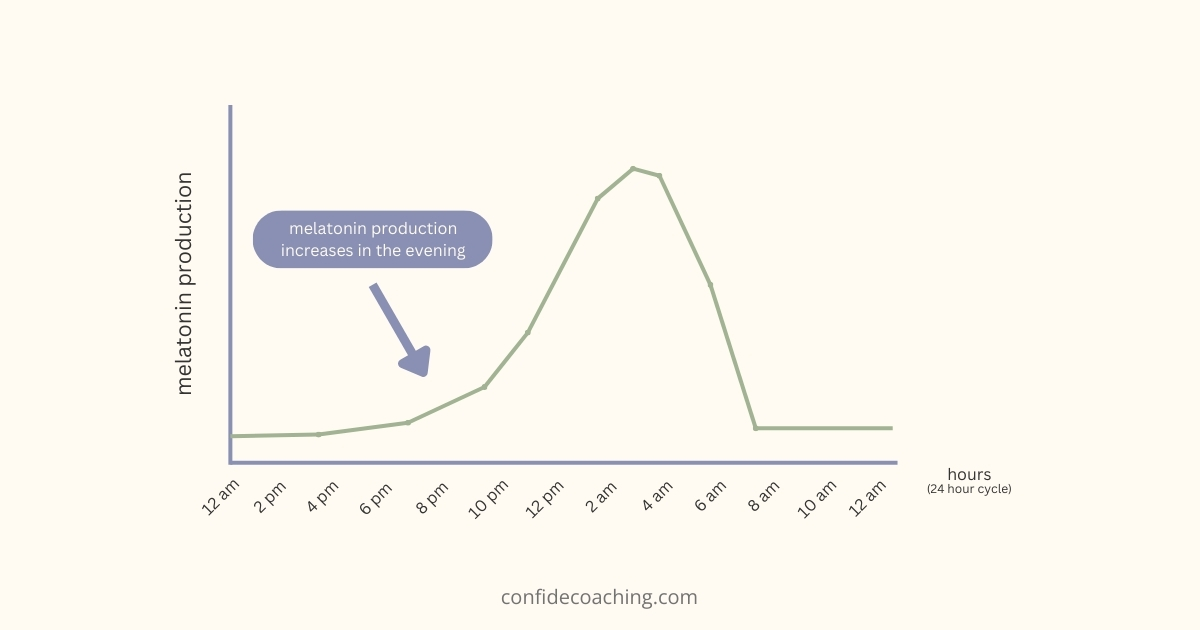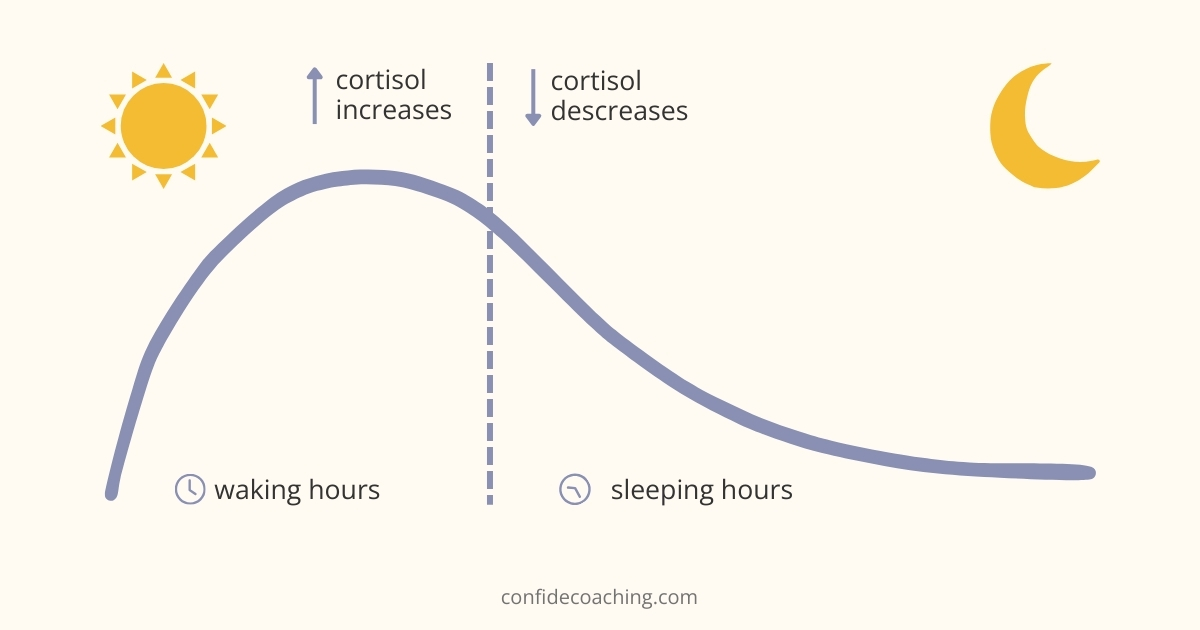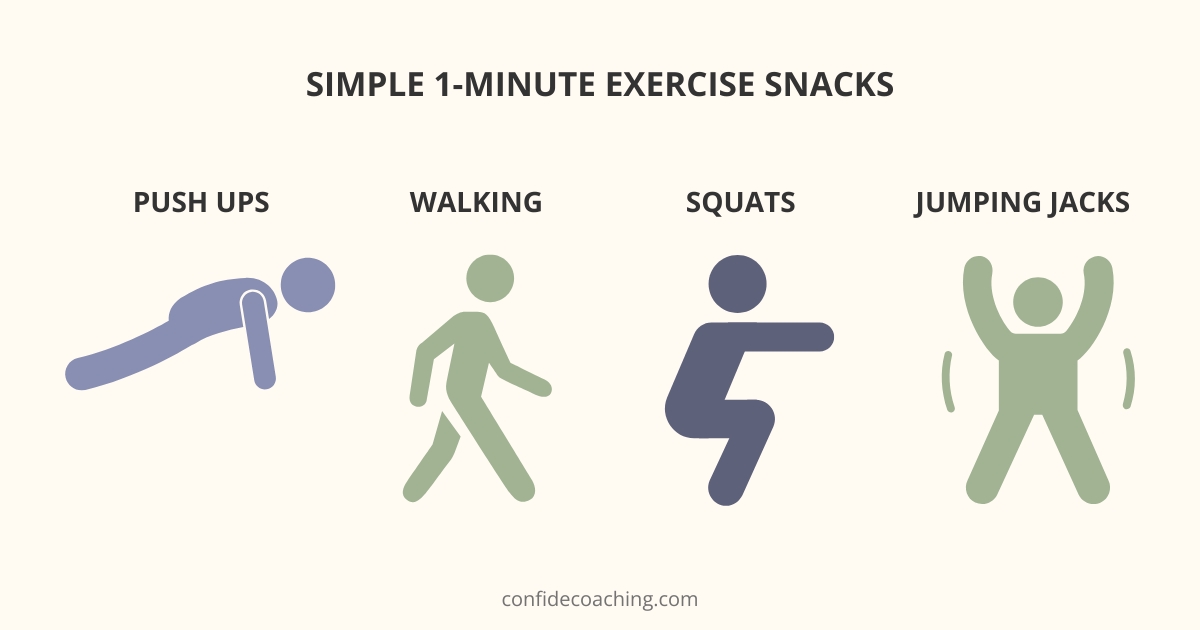
As summer fades and fall begins, a natural shift takes place in our surroundings. The days grow shorter, the air turns crisper, and the vibrant colors of autumn start to emerge. This seasonal transition provides the perfect opportunity to reset and refine our daily habits, especially our morning routines. Rather than resisting the changes, embracing them allows us to align more closely with the natural world, creating a sense of balance and well-being.
Fall invites us to slow down, reflect, and make thoughtful adjustments to our routines. The transition to cooler weather and shorter days can influence our energy levels, mood, and focus. By intentionally adapting our mornings to these changes, we can make the most of the season—feeling more grounded, energized, and prepared for whatever the day brings. Whether it’s waking up with the sun, incorporating reflective activities, or adjusting our sleep patterns to match the earlier sunsets, tailoring our routine to the rhythm of fall can help us thrive in this season of change.
Adjusting Your Sleep Routine for Fall
With the shorter daylight hours of fall, it’s crucial to adjust our sleep routines to maintain our well-being. Dr. Matthew Walker, author of Why We Sleep, emphasizes that the perfect morning truly begins with the perfect evening. Synchronizing our sleep patterns with natural light cues is key to supporting optimal health. As the sun sets earlier in the fall, our circadian rhythms—which are influenced by light exposure—require some adjustments to help us get the restorative sleep we need.
One practical way to adapt is by setting an earlier bedtime to align with the earlier sunset. This simple change can help you feel more rested and energized throughout the day. Additionally, consider incorporating an “evening wind-down” routine to signal to your body that it’s time to prepare for sleep. Reducing exposure to artificial blue light from screens at least an hour before bedtime is key, as blue light can interfere with melatonin production—the hormone that helps regulate sleep. Instead, opt for calming activities like reading a book, gentle stretching, or practicing meditation. These activities can help ease the transition from a busy day to a restful night, making it easier to fall asleep and wake up feeling refreshed.

Key Steps to Craft the Perfect Evening for a Better Morning:
1. Have a Light, Nutritious Dinner: Include lean protein (like grilled chicken or fish), plenty of vegetables (such as steamed broccoli, spinach, or roasted carrots), and a small portion of complex carbohydrates (like quinoa or sweet potatoes). Avoid stimulants like caffeine or alcohol in the evening.
2. Reduce Screen Time: Dim or turn off devices about an hour before bedtime. Instead, engage in off-screen activities such as listening to calming music, an audiobook or podcast, drawing or sketching, reading a book (a Kindle Paperwhite is okay as it mimics paper), or playing a board game with family.
3. Align Bedtime with Fall Sunsets: Adjust your bedtime to sync with the earlier fall sunsets, aiming to be in bed by 10 PM. It may feel unusual initially, but your body will adapt, leading to more restful sleep and a refreshed feeling in the morning.
4. Calm Your Mind: Practice meditation, such as focusing on your breath for a few minutes, or try a simple breathing exercise like the box breathing technique to relax the nervous system. Gentle stretching can also help ease muscle tension.
5. Write Down Your Thoughts: If your mind is racing with tasks for the next day, write them down. This simple act helps clear your mind and reduce stress, making it easier to fall asleep. These written reflections can also serve as a helpful starting point for your morning routine, providing a foundation for reflective activities. It can be fascinating to observe how your emotional relationship to what was on your mind in the evening shifts by morning.
Introducing Reflective Morning Activities
Fall mornings are quieter, offering a perfect opportunity for introspection and reflection. According to research, practicing gratitude can significantly enhance well-being and mental clarity. Dr. Robert Emmons, a leading researcher in the field of gratitude, has found that cultivating gratitude can improve mood, increase resilience, and even boost physical health. With that in mind, using early fall mornings for reflection can set a positive tone for the day.
Morning Reflection for Mental Clarity
Start your day by journaling with prompts that encourage gratitude or focus on the season. You could ask yourself questions like, “What is something that brought me joy recently?” or “Who has made a positive impact in my life lately, and why?” Even if gratitude feels distant, exploring questions like, “What challenges have I overcome that make me feel stronger?” or “What is one small thing I appreciate about today?” can help build a connection to positive emotions. This reflective practice can help center your thoughts and foster a sense of appreciation, bringing you in alignment with your values.
Outdoor Walks with Mindful Reflection
If possible, take a short, reflective walk in the crisp fall air. Use this time to connect with nature—observe the changing leaves, breathe in the scents, and listen to the sounds of autumn. Focus on the sensation of the cool air on your skin and notice how it feels different in the sun compared to the shade. Engaging in mindful outdoor activities like this can foster a sense of calm and help you set a positive, focused tone for the day. The combination of physical movement and mindfulness can reduce stress, elevate your mood, and help you start your day feeling well-grounded rather than overwhelmed by what’s ahead.
Optimizing Light Exposure in Autumn
With shorter daylight hours in the fall, optimizing natural light exposure becomes even more essential for regulating your circadian clock. Dr. Andrew Huberman, a neuroscientist and host of the widely popular Huberman Lab podcasts, emphasizes the importance of getting morning light exposure as soon as possible to align the body’s internal clock with natural rhythms. Exposure to sunlight within the first hour of waking helps stimulate the production of cortisol, which promotes alertness, while also supporting melatonin production for better sleep later in the day.

Maximizing Natural Light
To make the most of the limited daylight, try to spend time outside in the morning, even if it’s just for 10-15 minutes. If getting outside isn’t possible, sit by a window where natural light is abundant. Research has shown that viewing natural scenes, such as green spaces, can also positively affect mood and reduce stress. Simply positioning yourself near a window with a view of greenery can provide mental health benefits, boosting your mood, reducing anxiety, and enhancing focus throughout your morning.
Light Hacks for Darker Days
For darker autumn mornings, consider using a light therapy lamp or a sunrise alarm clock to simulate natural light and regulate your circadian rhythm. Light therapy lamps provide bright light that mimics sunlight, helping to promote wakefulness and enhance alertness. Sunrise alarm clocks gradually increase light intensity to create a gentle waking experience, making mornings more pleasant. These tools are especially helpful when natural sunlight is limited, supporting consistent energy levels and reducing fatigue throughout the darker months.
Seasonal Adjustments to Physical Activity
Adapting Physical Activity to Cooler Mornings
Cooler and rainy days often reduce our desire to exercise outdoors (unless you’re a dog owner!), which makes it even more important to create an easy-to-implement exercise routine that keeps us active. If keeping up with an exercise routine is a struggle, try adding “exercise snacks” throughout your day.
Dr. Rhonda Patrick, a prominent health researcher, advocates for the concept of “exercise snacking”—short bouts of physical activity throughout the day. Research has shown that even small amounts of movement can improve cardiovascular health, boost energy, and enhance mood. Examples of exercise snacks include doing 10 squats while waiting for your coffee to brew, taking a brisk 5-minute walk between meetings, or performing a few couch dips during television commercials. These quick activities make it easier to stay active without needing a full workout session, keeping you energized and reducing sedentary behavior.

Mindset Shifts for Colder Weather
Embracing bad weather can be a powerful opportunity for personal growth.
Michael Easter, author of The Comfort Crisis, explains that comfort, while enjoyable, often keeps us from reaching our true potential. By staying too comfortable, we avoid pushing our boundaries and miss out on personal growth. Stepping into nature during less-than-ideal conditions—like a cold morning or a rainy day—challenges us and fosters a sense of accomplishment. Facing these small discomforts builds mental resilience, making us more adaptable and better prepared to handle life’s challenges.
Neuroscientist Dr. Andrew Huberman supports this idea, emphasizing the importance of leaning into challenging situations for brain adaptation and personal growth. Doing things we naturally resist activates neuromodulators that signal the nervous system to adapt, enhancing our ability to face difficulties across all aspects of life. Dr. Huberman further recommends intentionally incorporating minor challenges, or ‘micro sucks,’ into our daily routines—like taking a brisk walk in chilly weather. These small acts of discomfort strengthen our resilience, willpower, and mental toughness, contributing to long-term growth and success.
Aligning Our Goals with the New Season
Setting Intentions for the Season
Fall is an invitation to slow down, reflect, and realign our lives. It’s the perfect season to assess where we are and make the necessary adjustments that bring us closer to our values and the direction we want our lives to take. Without taking this crucial time to reflect, we risk drifting just slightly off course—perhaps by only a single degree—but over time, that small deviation can lead us far from where we intended to be. By pausing to set thoughtful intentions now, we can ensure that we stay aligned with our true path, creating a life that reflects what matters most to us. Here are some areas to focus on as you set your goals:
Gratitude: The fall season invites us to appreciate the good things in our lives. It’s a time to reflect on our accomplishments, celebrate abundance, and recognize the importance of rest and recharge. Setting goals centered around gratitude can help cultivate a positive mindset as we move into the slower months. Consider goals like starting a daily gratitude journal, where you jot down three things you’re thankful for each day, or making it a habit to genuinely thank the people you interact with regularly, such as a barista or a coworker. Another idea is dedicating time each week (e.g., every Sunday) to gather with family or friends to share what you are grateful for, encouraging others to do the same. These small but meaningful actions can foster a deeper sense of appreciation, connection, and positivity throughout the season.
Letting Go: Autumn serves as a reminder of the importance of letting go. Just as trees shed their leaves, we are encouraged to release old habits, emotions, or relationships that no longer benefit us. Letting go is a natural process that creates space for new beginnings and growth. To help with this, consider decluttering your living space by donating items you no longer use, practicing mindfulness to identify and release negative thought patterns, or setting boundaries with relationships that drain your energy. By embracing this transition, we make room for positive changes and accept the cycles of life with grace.
Future Vision: This fall, take time to rethink your approach to future success. Set goals that not only benefit your future self but also positively impact those around you—your family, children, friends, and even those you interact with casually. Ask yourself: What behaviors do I want to model that will inspire those I care about? How can I contribute to the well-being of others in small but meaningful ways? Whether it’s showing kindness to a stranger, setting a positive example for your children, or helping a friend in need, your actions can create a ripple effect that goes beyond just you. This concept of legacy extends beyond traditional markers like wealth or fame, focusing instead on the behaviors and values we pass down. By setting goals that focus on both personal growth and contributing to the well-being of others, you cultivate a sense of purpose and strengthen your connection to the people around you.
Conclusion
As the vibrant colors of autumn surround us, we are reminded that change can be both beautiful and necessary. Fall provides a natural opportunity to slow down, reassess, and make meaningful adjustments to our lives. By embracing the changing season—adjusting our sleep patterns, reflecting on our mornings, optimizing light exposure, and staying active—we can create habits that ground us and prepare us for the months ahead. Aligning our goals with the rhythm of fall allows us to stay true to our values and nurture both our personal growth and our connections with others. Take this time to set intentions that honor the season’s invitation to grow, let go, and express gratitude. In doing so, you can move into winter with a sense of purpose, well-being, and connection that will carry you forward.

Paul Strobl, MBA, CPC
Owner of Confide Coaching, LLC
Paul is a Master Life Coach for GenX and GenY executives and business owners. Originally from Houston, Texas, he has been location independent for most of his adult life. He currently resides in the Rhodope Mountains of Bulgaria near the Greek border with his brilliant wife, 14-year-old stepson (officially adopted in 2021!) and a Posavac Hound rescue.
References
Walker, M. (2017). Why We Sleep: Unlocking the Power of Sleep and Dreams. Scribner.
Emmons, R. A. (2007). Thanks!: How the New Science of Gratitude Can Make You Happier. Houghton Mifflin Harcourt.
Huberman, A. (n.d.). Huberman Lab Podcast. Available at: https://hubermanlab.com
- Using Light (Sunlight, Blue Light & Red Light) to Optimize Health | Huberman Lab Podcast #68 April 18, 2022
- How to Increase Your Willpower & Tenacity | Huberman Lab Podcast October 9, 2023
Easter, M. (2021). The Comfort Crisis: Embrace Discomfort to Reclaim Your Wild, Happy, Healthy Self. Rodale Books.
Patrick, R. (n.d.). FoundMyFitness. #96 How to Improve Metabolic Health with HIIT, Circadian-Timed Eating, & Sleep. Posted on October 10th, 2024. Available at: https://www.foundmyfitness.com

